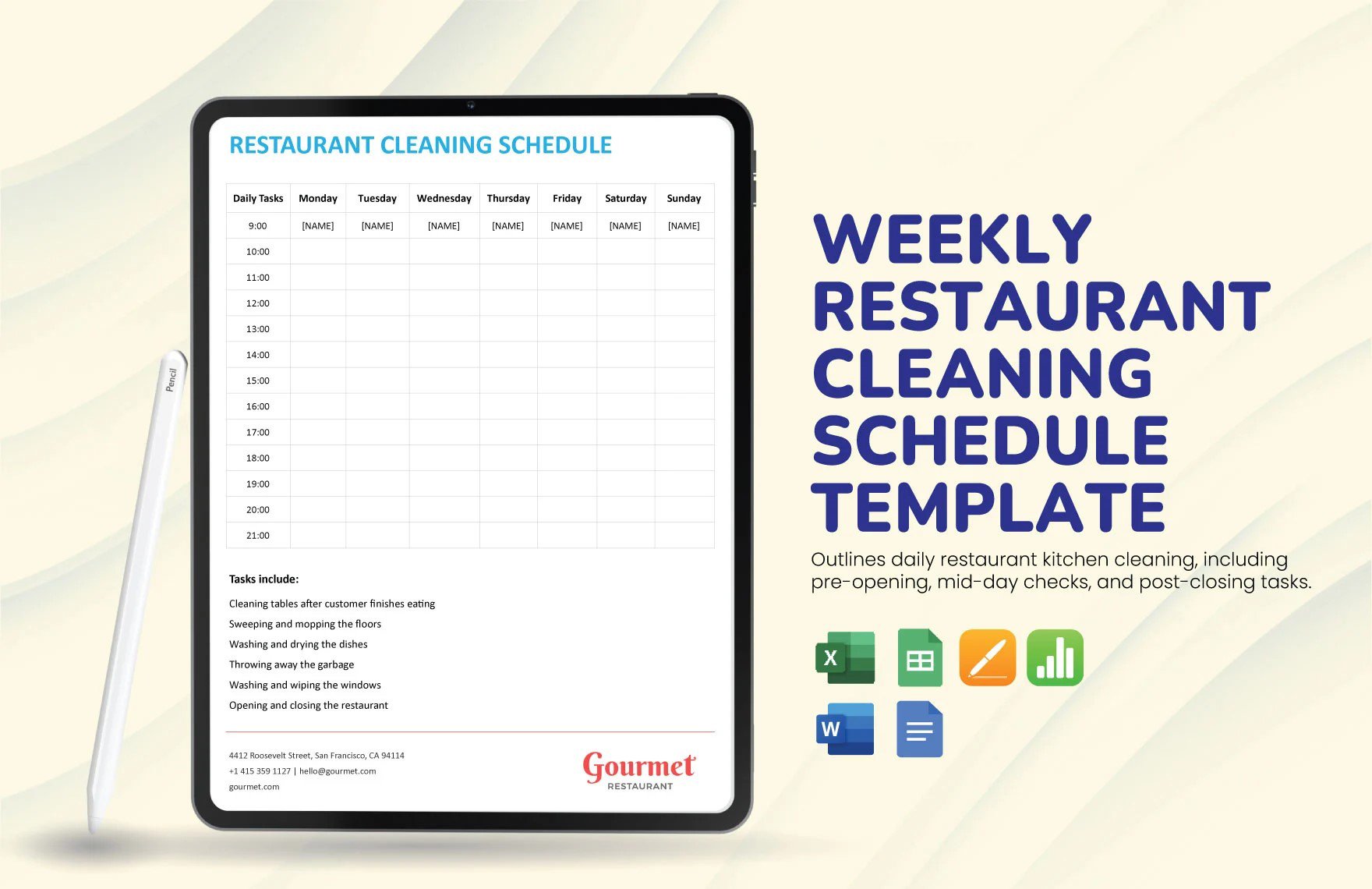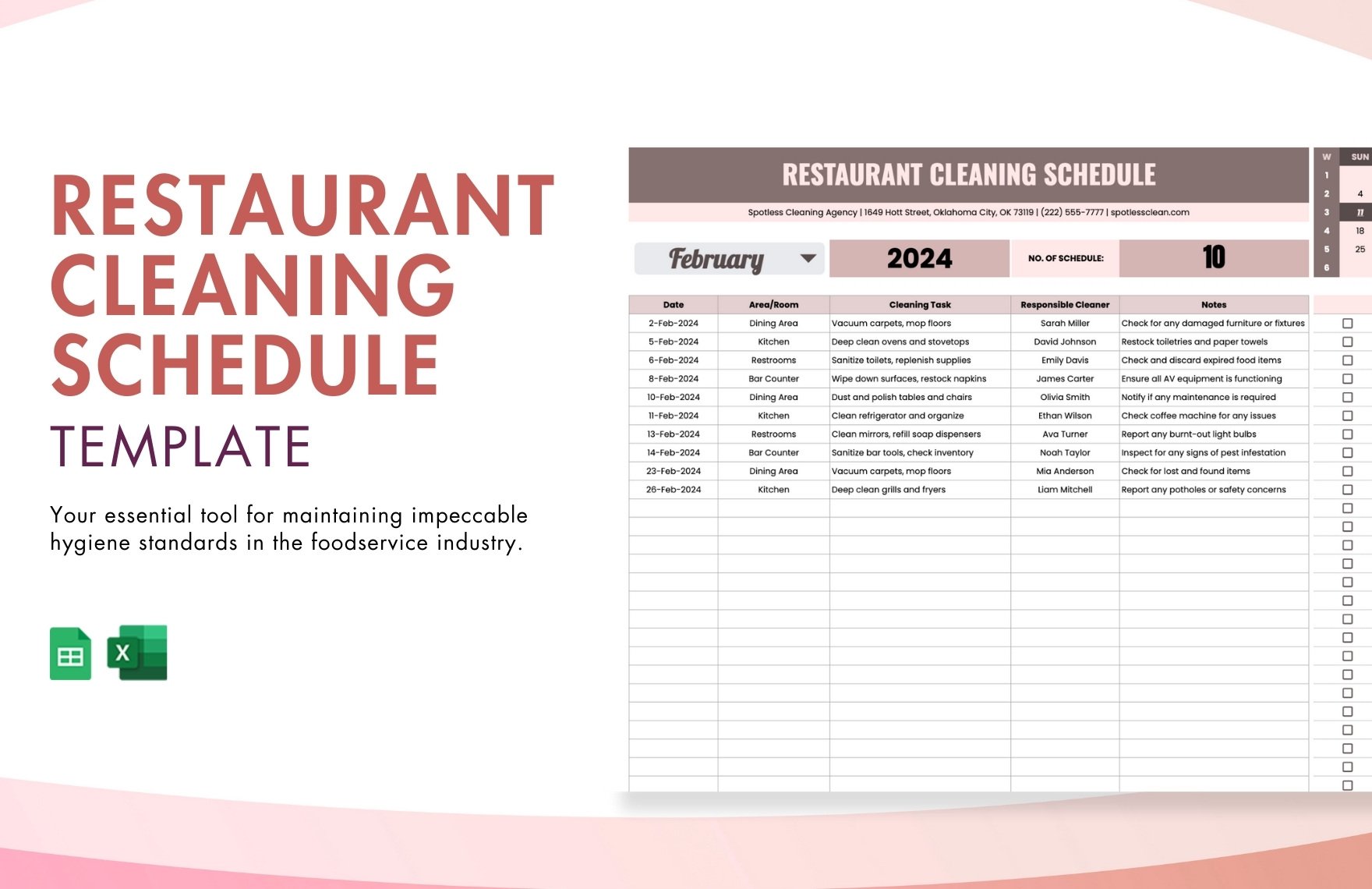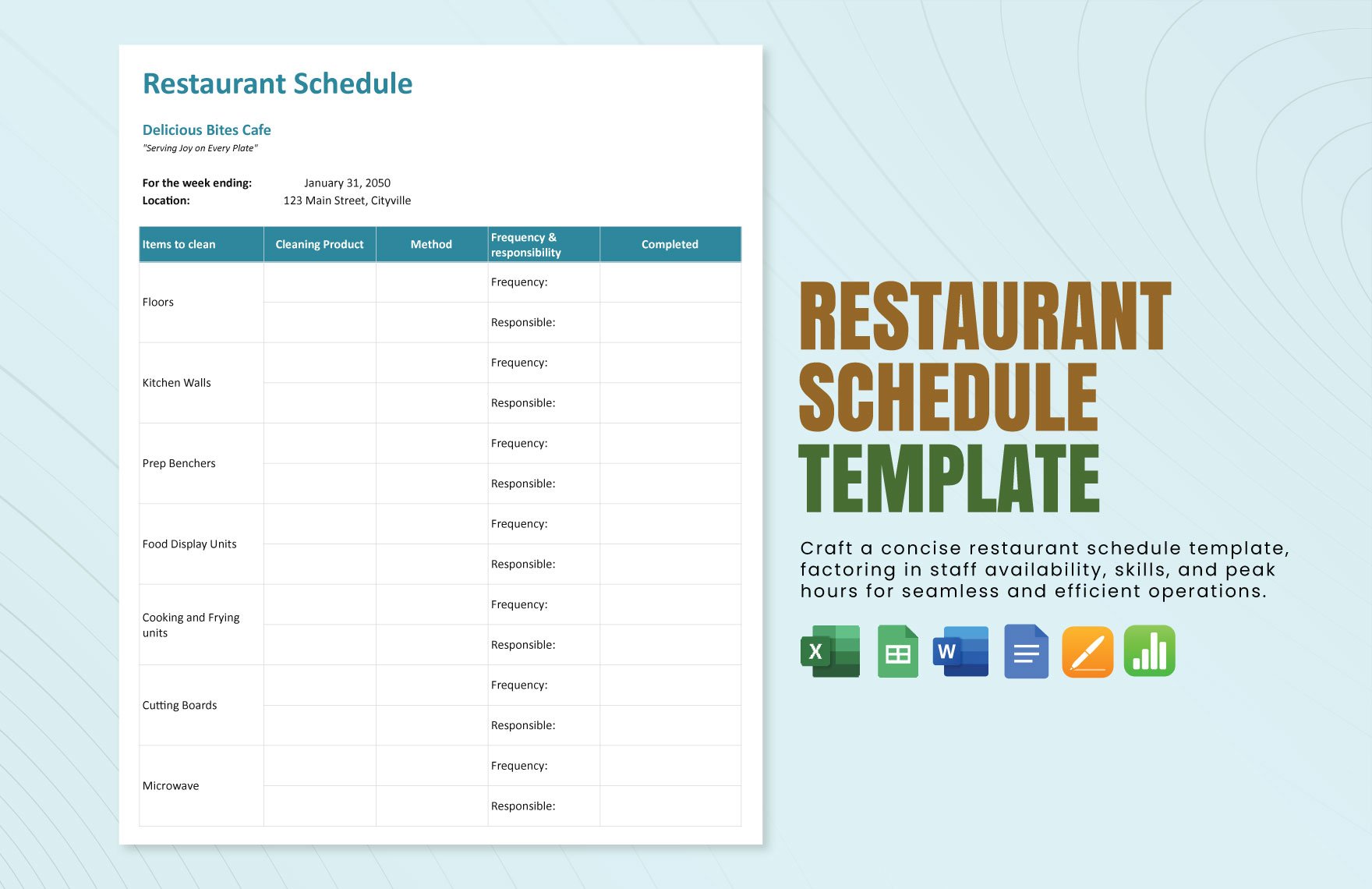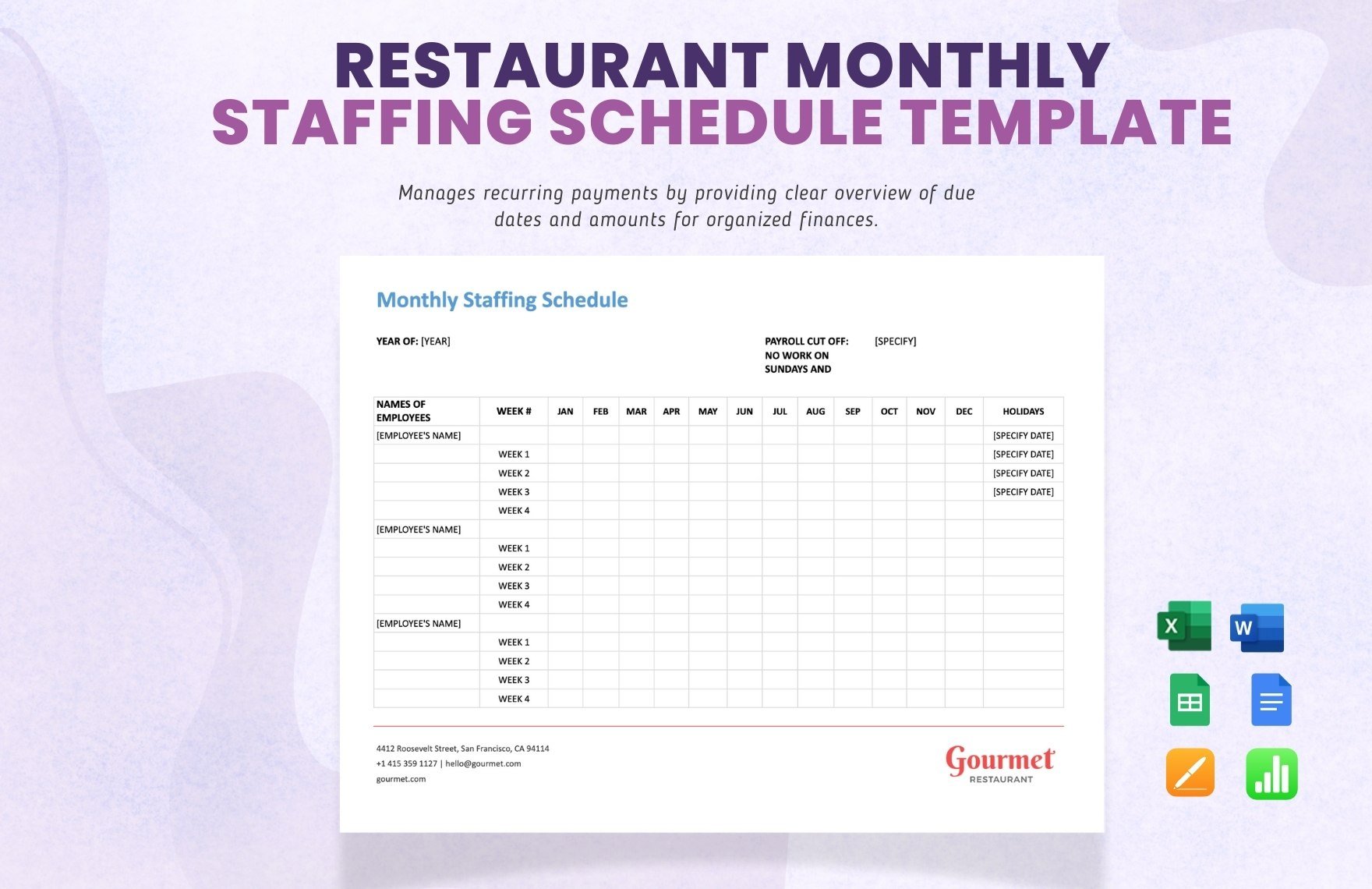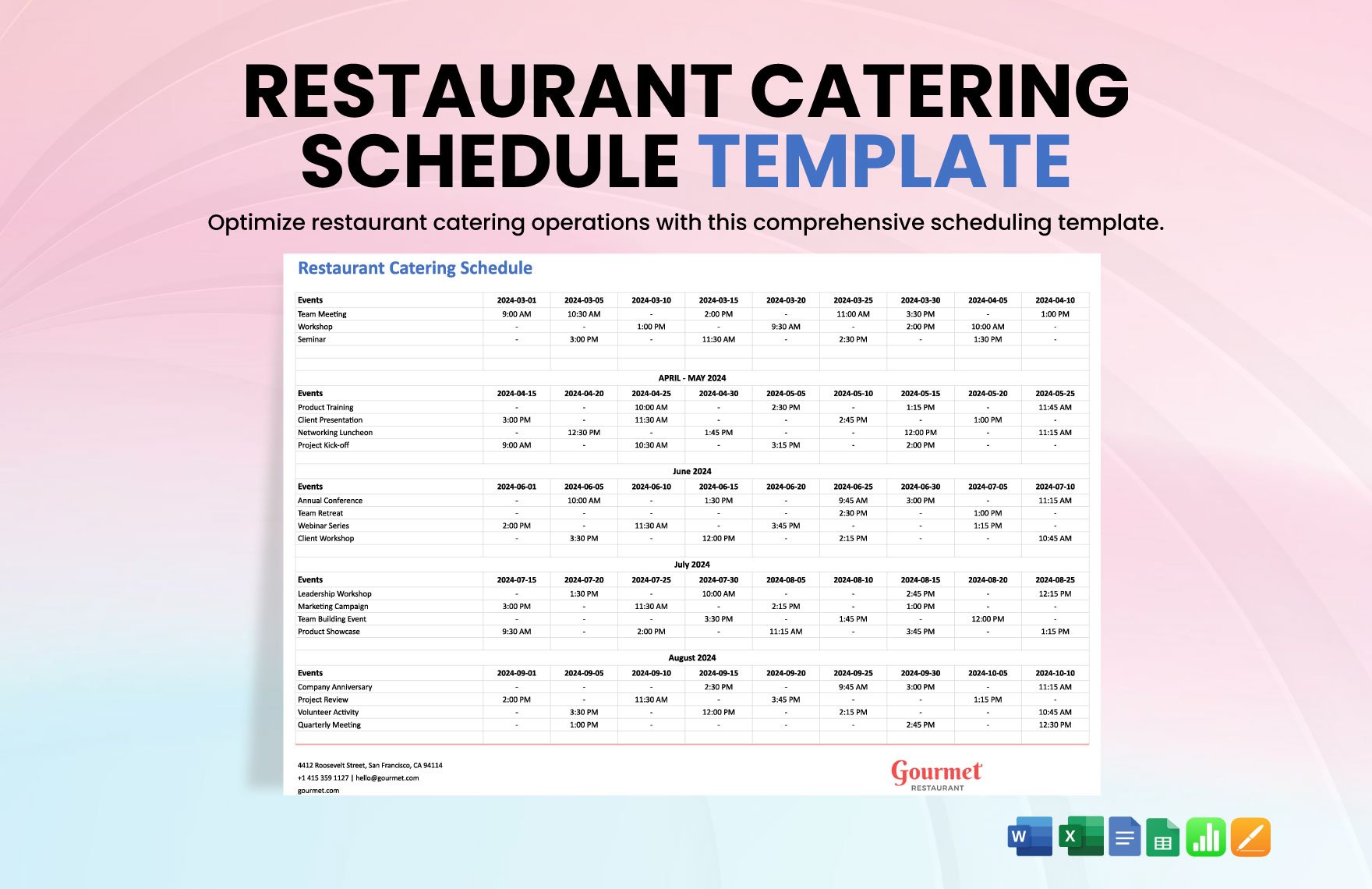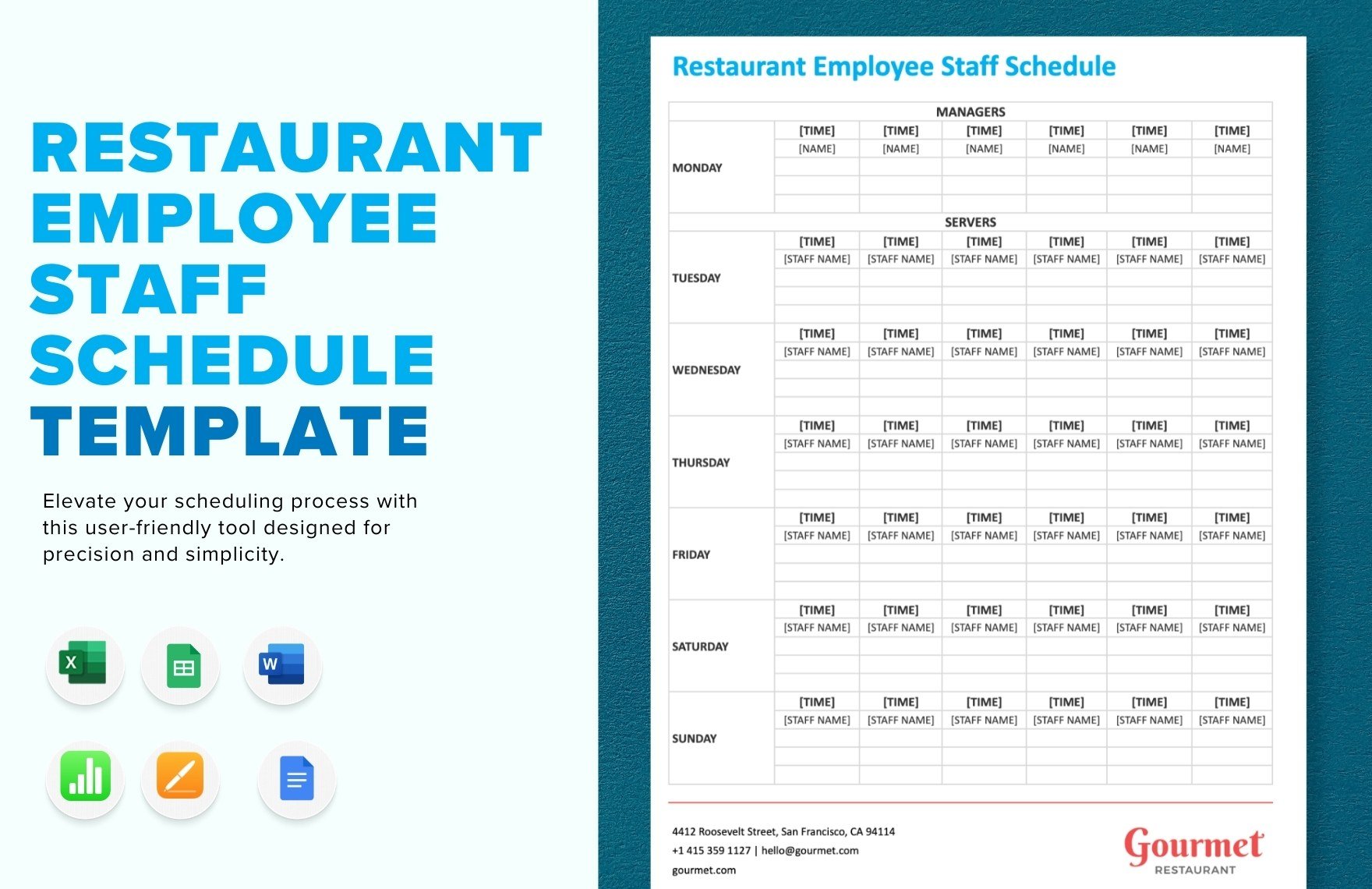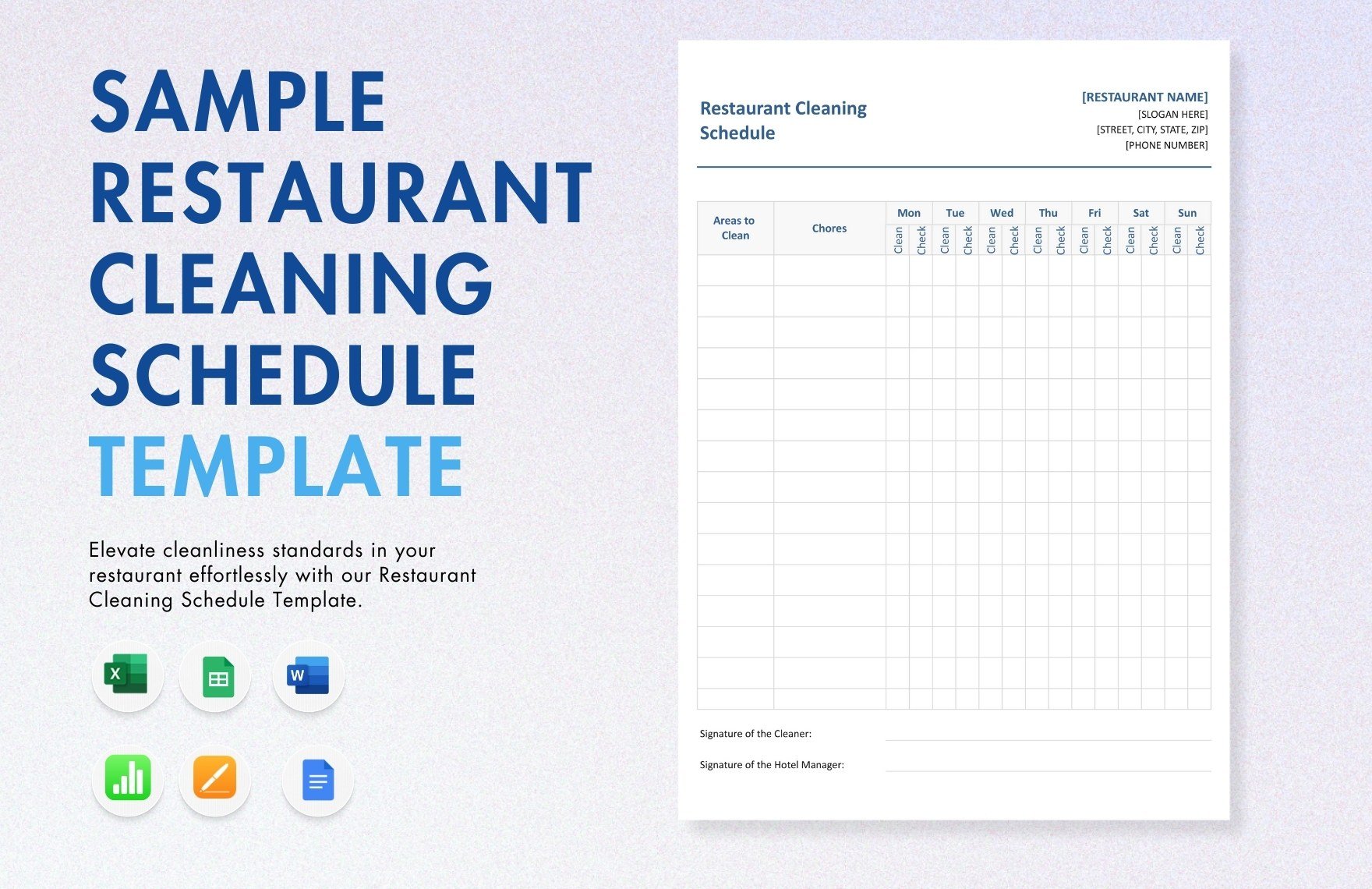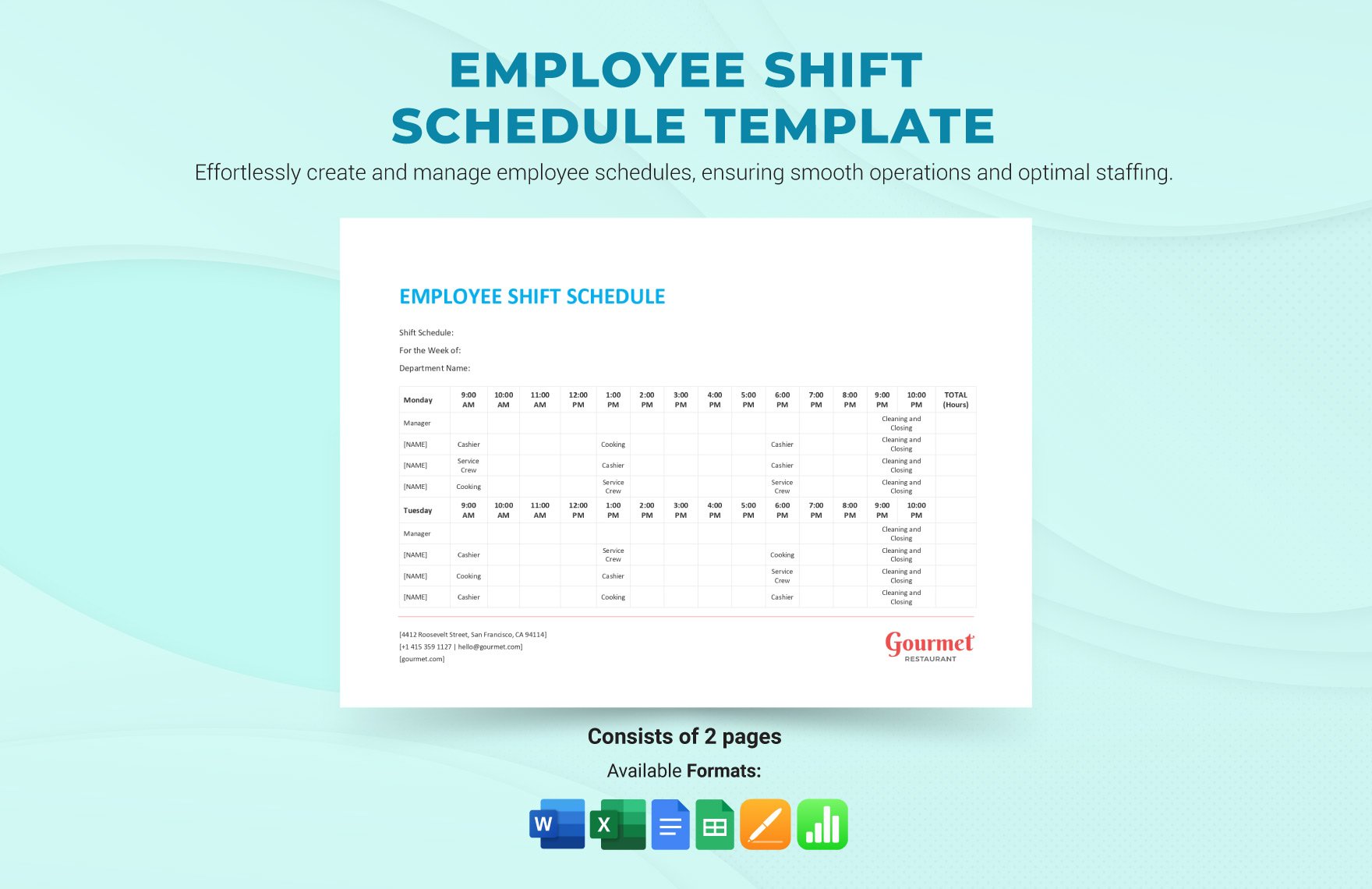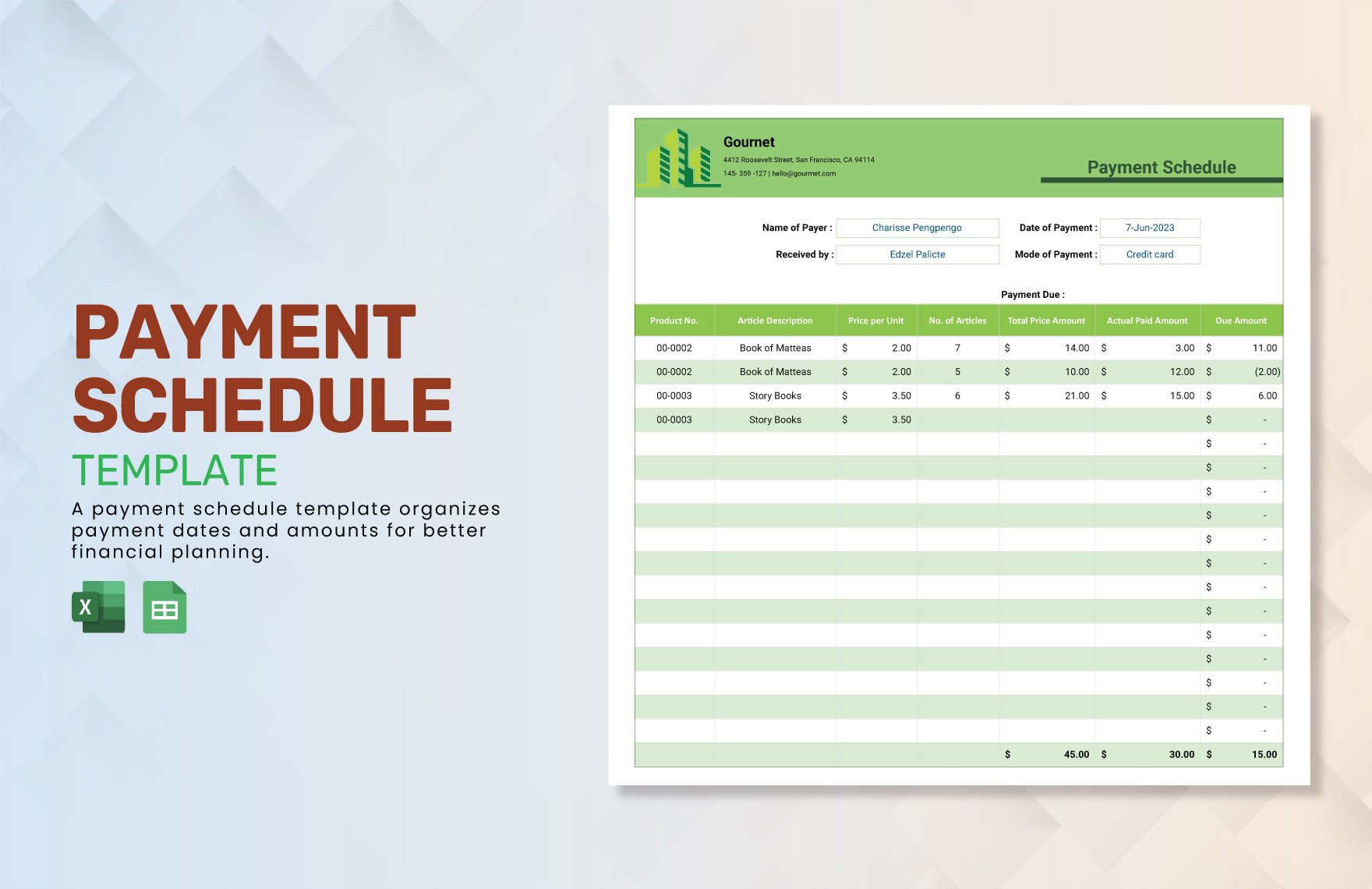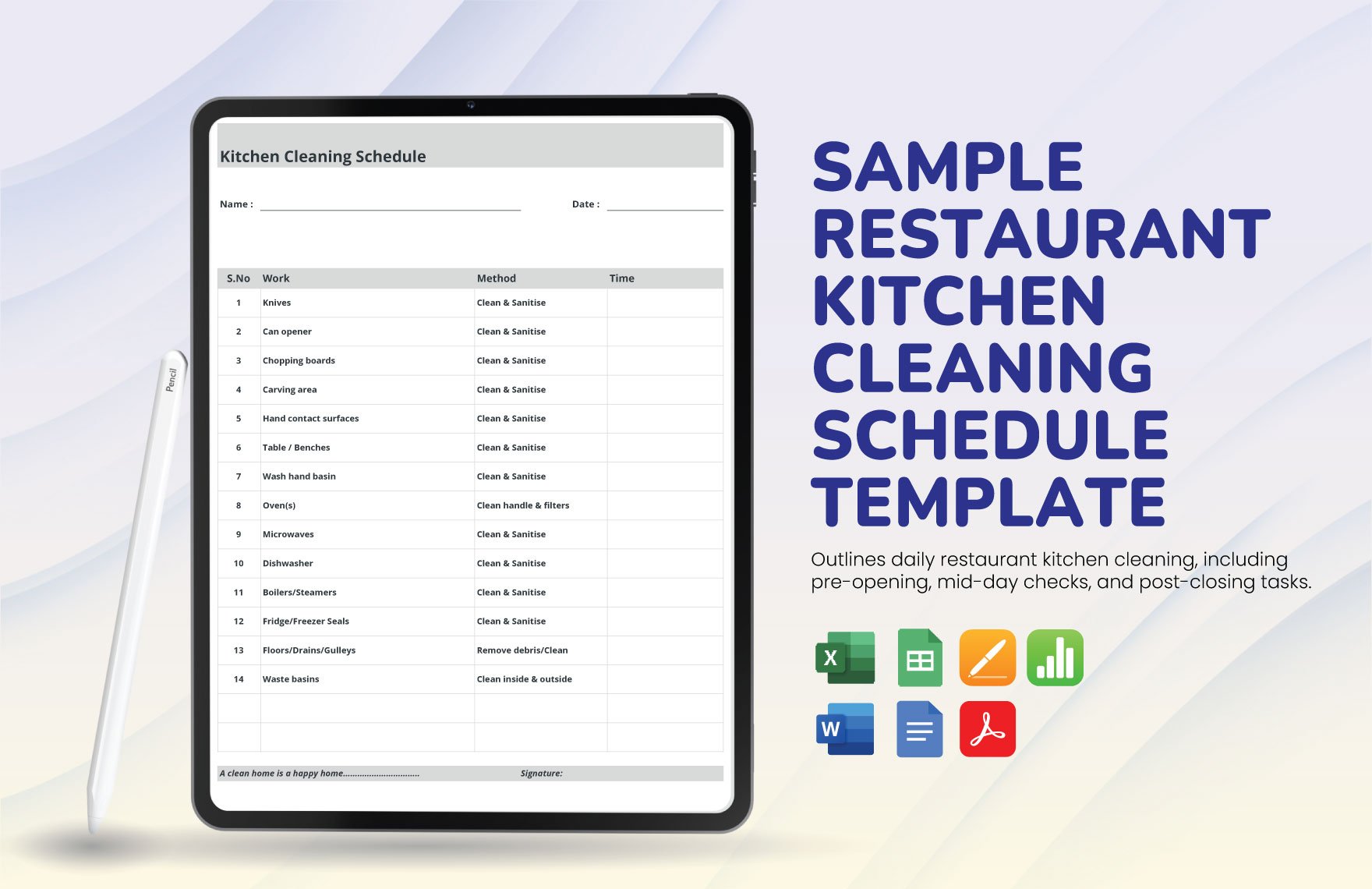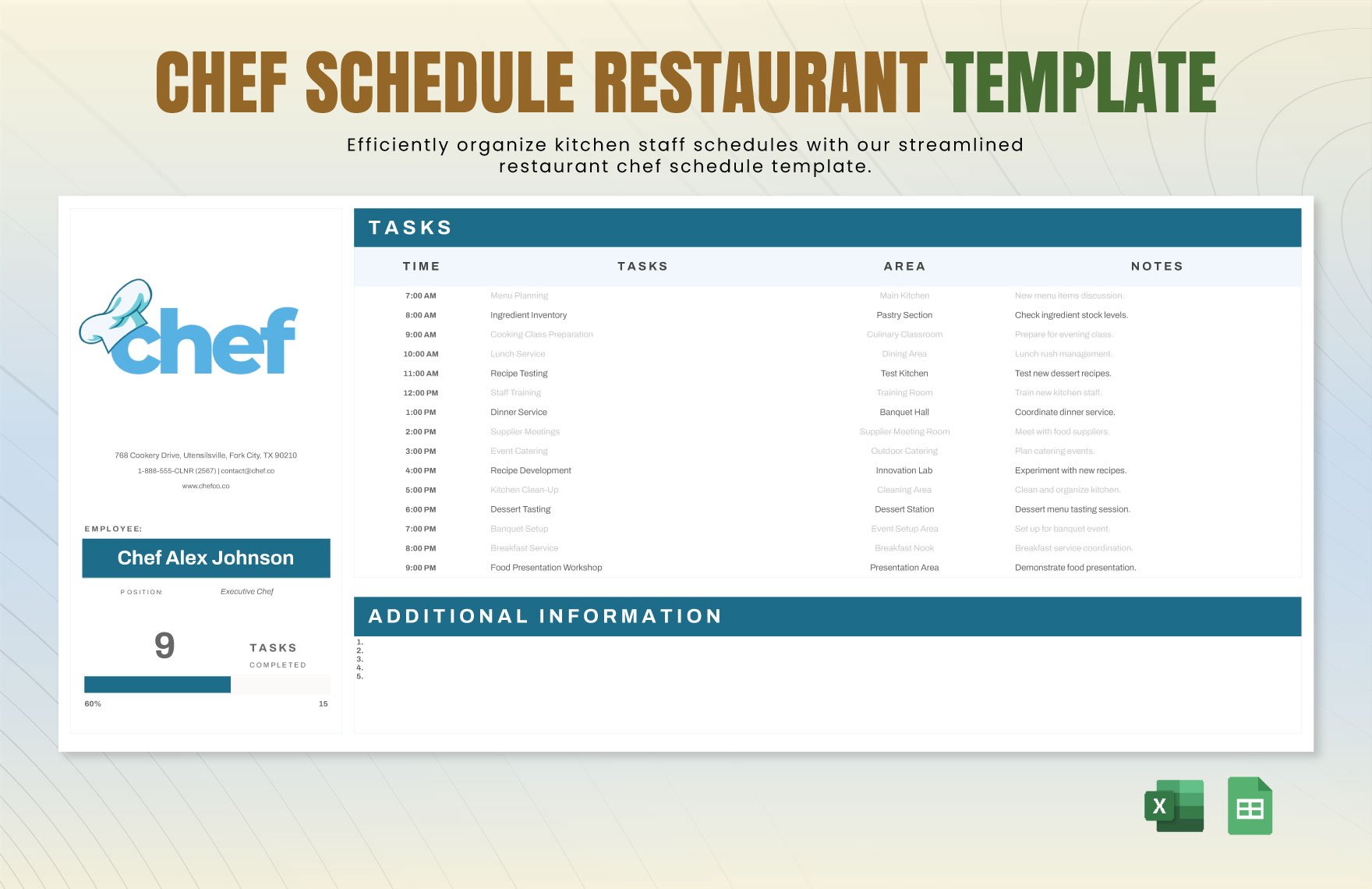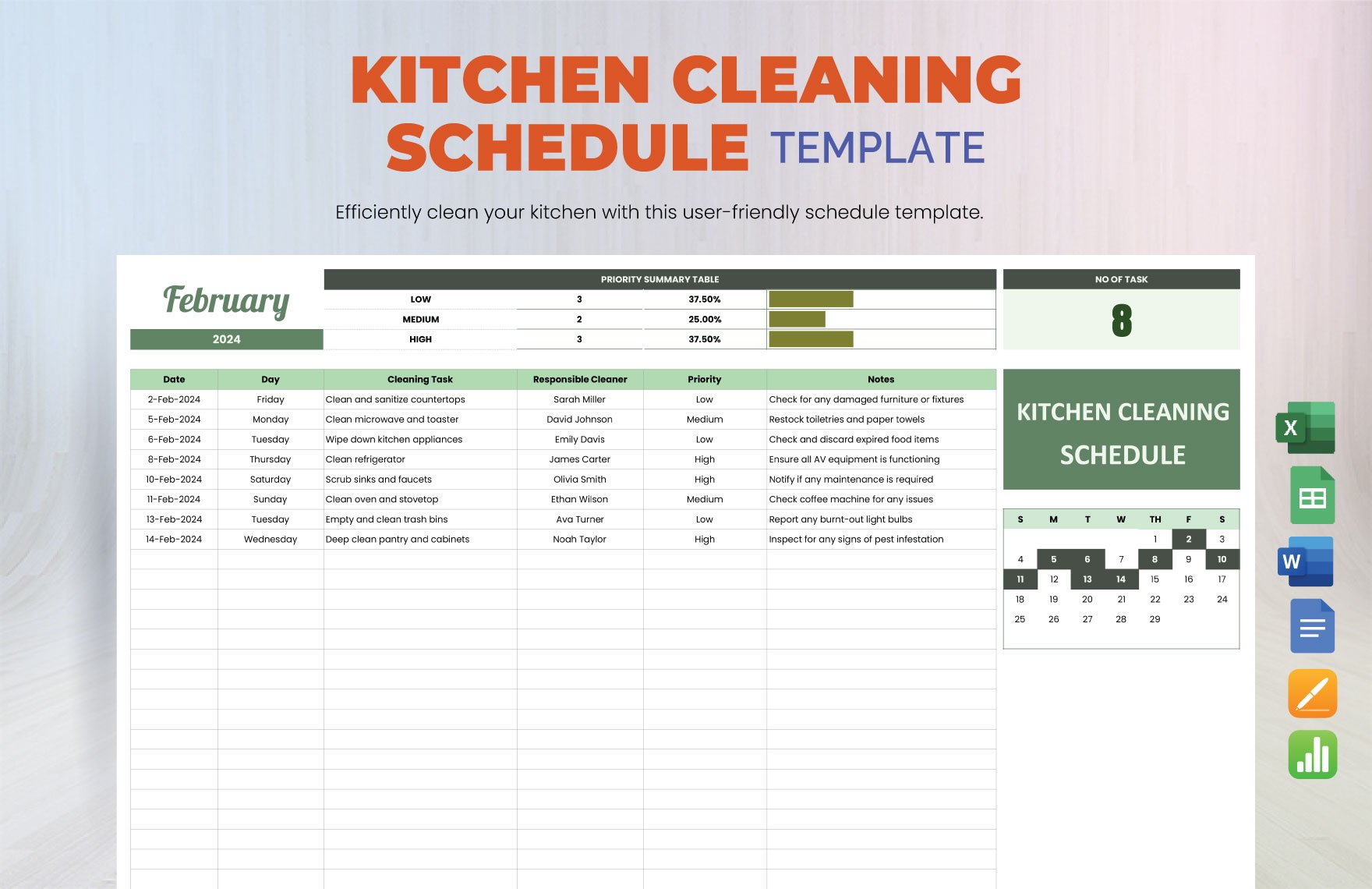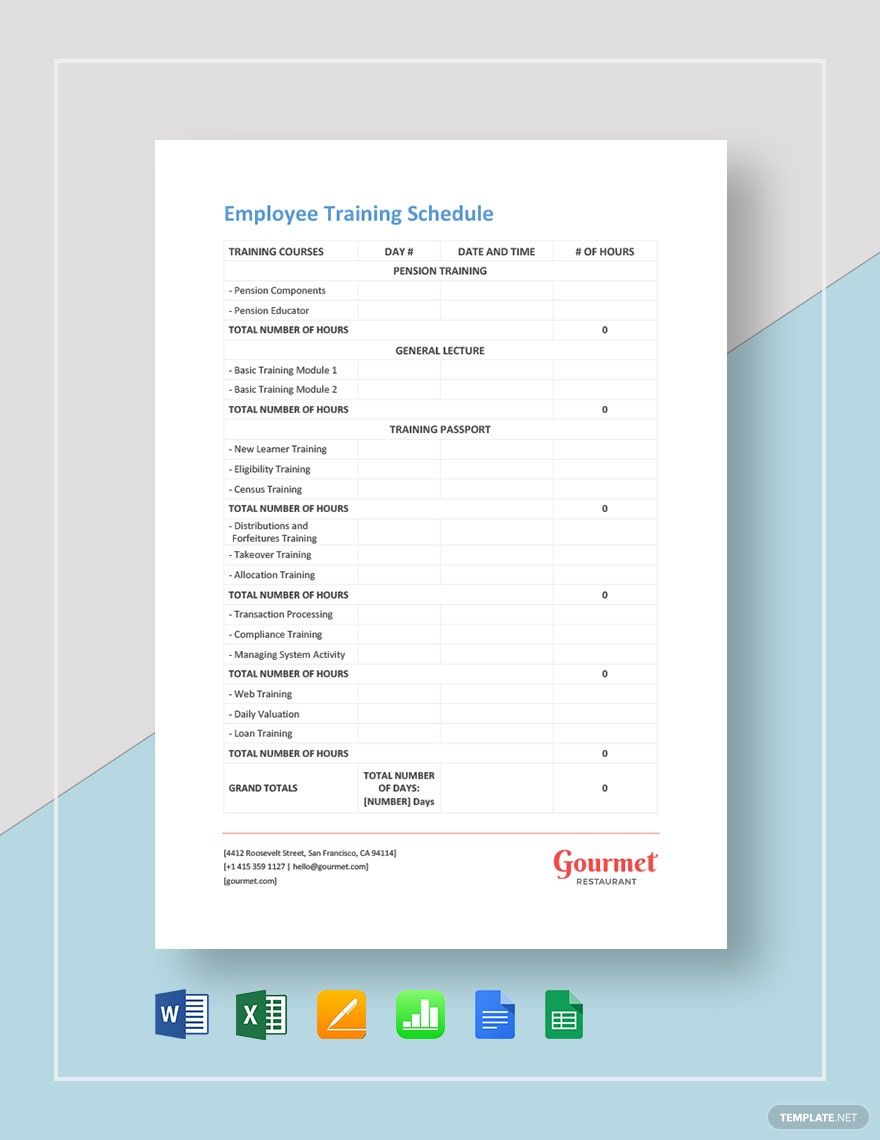Hospitality businesses are considered one of those industries that offer flexible schedules. Some restaurants operate all day long, seven days a week. This is why these establishments need to be well-staffed to prevent burning out employees. Additionally, the management needs to create a schedule that’s effective enough to keep its employees productive. To get you started right away, we have a collection of Restaurant Schedule Templates in Google Sheets at your disposal. These ready-made products come with high-quality and 100% customizable elements. Create effective schedules for your workers by availing of our templates today!
How to Organize a Restaurant Schedule in Google Sheets
According to a survey by Deloitte, 16.8% of millennials prefer jobs that allow them to have work-life balance. Indeed, scheduling is a factor for employee retention. If you need to make one for your restaurant business in Google Sheets, tips are presented for you below.
1. Fully Understand the Business You’re In
You can never create an effective schedule if you don’t even understand your business. Understanding your business includes determining the peak hours, days, or seasons when the restaurant is packed. By doing this, you won’t risk burning out your employees and losing your customers.
2. Prepare the Master List of All Restaurant Employees
Speaking of employees, prepare the roster or list containing everyone’s names and positions. This list should specify the employee’s assignment whether he or she is a kitchen manager, dishwasher, training officer, or maintenance staff. This will help you with giving their assignments on their shifts.
3. Determine the Weight of Each Employee’s Responsibilities
Earlier, we mentioned assignments for each employee. Now, we’re going to talk about the relationship between assignments and the schedule. Employees with the more stressful tasks should be given lesser hours than those with easier tasks. However, if the daily work hours need to be equal, then you can make adjustments with the number of rest days instead.
4. Decide on a Specific Type of Scheduling Scheme
Based on your understanding of your business, you can choose which among the different scheduling schemes work for you. Does the standard 9 to 5 work for you? Or are you more comfortable with the 4/2 work schedule? Learn more about these in the FAQ section below.
5. Encourage Your Employees to Voice Out Schedule Concerns
Give your employees the freedom to address their concerns about the schedule. Make it easy for them to make requests for schedule changes. Additionally, ask around if there are employees who are willing to work overtime. This will benefit the business as well since people prefer working in establishments that provide flexibility.


